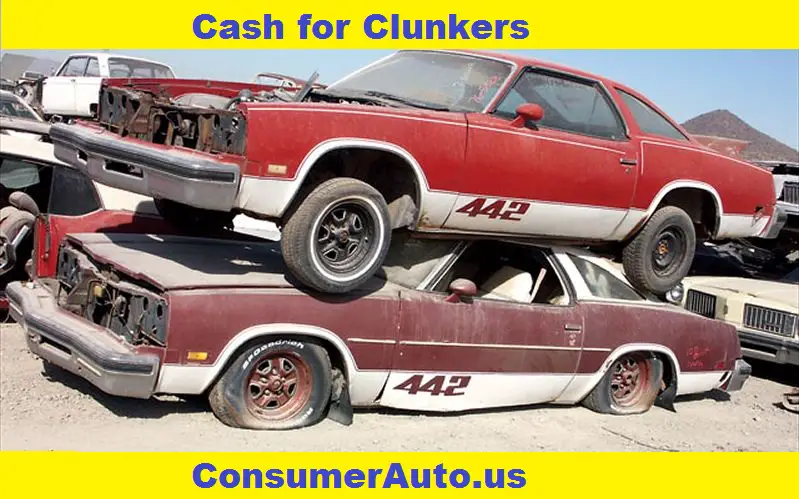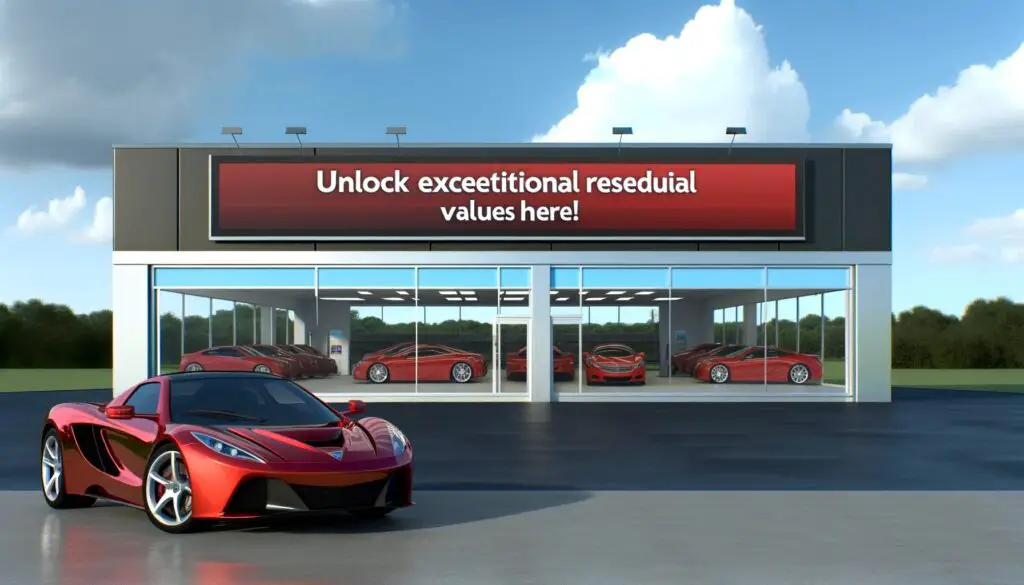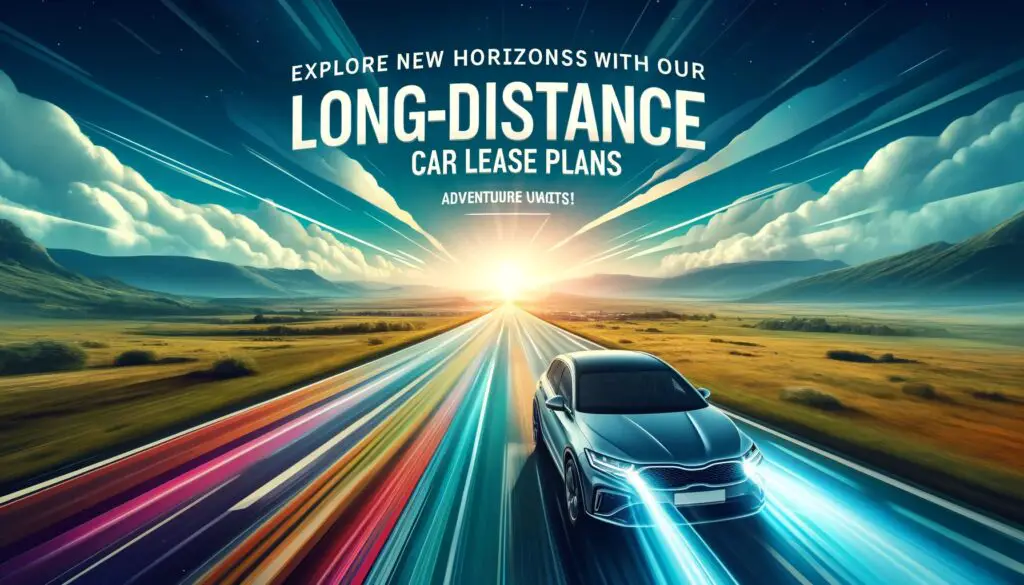In the quest for a more sustainable future, the “Cash for Clunkers” program has emerged as a notable initiative to combat environmental issues and stimulate economic growth. This comprehensive article aims to provide a detailed understanding of how the Cash for Clunkers program works, its benefits, criticisms, success stories, and alternative solutions.
Definition of Cash for Clunkers
Cash for Clunkers, officially known as a vehicle scrappage program, is a government initiative designed to encourage the replacement of old, less fuel-efficient, and high-emission vehicles with newer, environmentally-friendly models. Participants receive financial incentives or rebates for trading in their old vehicles, which are then scrapped to reduce their harmful impact on the environment.
Historical Context and Background
The Cash for Clunkers program traces its origins back to the early 2000s when several countries, including the United States and Germany, introduced similar schemes to address environmental concerns and rejuvenate their automotive industries. By offering incentives for people to retire their old vehicles, these programs aimed to improve air quality, reduce greenhouse gas emissions, and stimulate consumer spending.
Purpose of the Article
This article aims to shed light on the intricacies of Cash for Clunkers, covering its mechanics, eligibility criteria, benefits, drawbacks, and the potential it holds for a greener, more sustainable future.
Understanding the Cash for Clunkers Program
Overview of the Program’s Objectives
The primary objectives of the Cash for Clunkers program are twofold: to enhance environmental sustainability by taking old, polluting vehicles off the roads and to stimulate the automotive industry by encouraging the purchase of new, fuel-efficient vehicles.
Eligibility Criteria for Participants
To participate in the program, vehicles typically need to be a certain number of years old and in a specific condition. This ensures that only truly inefficient and high-emission vehicles are targeted for replacement. Additionally, the replacement vehicles must meet stringent fuel efficiency and emission standards, promoting the use of cleaner, greener alternatives. Participants must provide proof of ownership and valid vehicle titles to qualify for the program.
Financial Incentives and Benefits for Participants
Upon trading in their clunkers, participants receive cash rebates or vouchers, which can be used toward the purchase of a new, more fuel-efficient vehicle. The trade-in value of a clunker is determined based on various factors, such as its age, make, model, condition, and market demand for scrap materials.
The program aims to make a positive impact on both the environment and the economy. By reducing emissions, it contributes to cleaner air and mitigates climate change, while the increased demand for newer vehicles stimulates the automotive sector.
Benefits of Cash for Clunkers
Environmental Benefits
Replacing old, emission-heavy vehicles with newer, fuel-efficient ones can lead to a significant reduction in greenhouse gas emissions, helping combat climate change. Moreover, Cash for Clunkers reduces air pollution by removing older vehicles that contribute to pollutants like nitrogen oxides and particulate matter, thereby promoting cleaner air quality.
Economic Benefits
The program stimulates automobile manufacturers and dealerships as people purchase new vehicles, boosting the overall economy. Additionally, Cash for Clunkers encourages consumers to make new car purchases, which can have ripple effects on various sectors of the economy, positively impacting employment and spending.
Social Benefits
Newer vehicles generally come equipped with advanced safety features, reducing the likelihood of accidents and promoting road safety. Moreover, the program may make it easier for people to afford newer, more reliable vehicles, enhancing their access to transportation.
Criticisms and Challenges
Environmental Concerns
The scrappage of old vehicles raises concerns about how to manage and recycle the materials properly to minimize environmental impact. Additionally, the production of new vehicles consumes energy and resources, which can offset some of the environmental gains from scrapping old ones.
Economic Drawbacks
Running a Cash for Clunkers program can be expensive for the government, impacting budget allocations for other projects. Some argue that the program benefits those who can afford to purchase new cars while disadvantaging lower-income individuals who may rely on older vehicles for transportation.
Program Effectiveness and Long-Term Sustainability
Critics question the long-term effectiveness of Cash for Clunkers, suggesting that other, more sustainable solutions may be necessary to address environmental and economic challenges in the automotive sector.
Success Stories and Case Studies
A review of successful Cash for Clunkers programs implemented in various countries, highlighting their achievements and outcomes. Examining data and research showcasing the positive environmental impact achieved through previous Cash for Clunkers initiatives. Assessing the economic benefits and growth generated by these programs in different countries.
Lessons Learned and Best Practices
Analyzing the lessons learned from successful Cash for Clunkers programs and identifying best practices for future implementations.
Alternatives to Cash for Clunkers
Exploring alternative government programs that encourage sustainable transportation practices and reduce emissions. Promoting public transportation systems as a viable alternative to personal vehicle ownership, with a focus on reducing emissions and congestion. Encouraging the adoption of carpooling and ride-sharing services to decrease the number of vehicles on the road and enhance fuel efficiency.
Frequently Asked Questions (FAQs)
1. What is the eligibility criteria for participating in Cash for Clunkers?
To be eligible for the Cash for Clunkers program, participants must meet the following criteria:
- The vehicle must be at least a certain age, typically over 10 to 25 years old.
- The clunker should have been registered and continuously insured for a specific period.
- The vehicle should be in operable condition during the time of trade-in.
2. How is the trade-in value of a clunker determined?
The trade-in value of a clunker is determined based on several factors, including:
- The make, model, and year of the vehicle.
- The overall condition of the clunker, including mileage and wear and tear.
- The current market value of similar vehicles in the region.
3. Are there restrictions on the types of vehicles that can be traded in?
Yes, there are restrictions on the types of vehicles that can be traded in through the Cash for Clunkers program. Generally, the restrictions include:
- The clunker must meet specific fuel efficiency standards to encourage the purchase of more environmentally friendly vehicles.
- The vehicle should not be a luxury or high-end car to ensure the program targets older, less fuel-efficient vehicles.
- Salvaged, flooded, or severely damaged vehicles are not eligible for trade-in.
4. How does the program impact the environment positively?
The Cash for Clunkers program has several positive environmental impacts, including:
- Reduction of greenhouse gas emissions as older, fuel-inefficient vehicles are taken off the roads.
- Encouragement of the use of more fuel-efficient and eco-friendly vehicles, leading to decreased fuel consumption.
- Promoting the adoption of cleaner technologies and encouraging automobile manufacturers to produce greener vehicles.
5. What are the economic benefits of Cash for Clunkers?
The Cash for Clunkers program provides various economic benefits, including:
- Boosting automobile sales and stimulating the automotive industry, which creates jobs and generates economic growth.
- Increasing demand for newer vehicles, leading to potential revenue for car manufacturers and dealerships.
- Improving the overall efficiency of the automotive fleet, resulting in potential long-term cost savings on fuel consumption.
<h2>6. Can I participate if my vehicle has outstanding loans?</h2>
The eligibility criteria for participation in the Cash for Clunkers program usually requires that the trade-in vehicle is owned outright by the participant. If there are outstanding loans on the vehicle, it may disqualify the owner from participating. Participants are generally required to provide clear title ownership of the clunker they intend to trade in.
7. How does Cash for Clunkers stimulate the automotive industry?
Cash for Clunkers stimulates the automotive industry in several ways, such as:
- Encouraging consumers to replace their older vehicles with newer ones, leading to increased vehicle sales.
- Boosting demand for more fuel-efficient vehicles, which prompts automobile manufacturers to produce greener models.
- Creating a multiplier effect by generating additional revenue for dealerships, repair shops, and the automobile supply chain.
8. Are there any disadvantages to the program?
While the Cash for Clunkers program offers various benefits, there are some disadvantages to consider, including:
- Potential loss of affordable transportation for low-income individuals who may not afford a new vehicle even with the incentive.
- Critics argue that the environmental impact of the program is minimal compared to the resources it consumes.
- The cost of administering the program and determining eligibility can be significant.
9. What happens to the scrapped vehicles after trade-in?
Once the clunkers are traded in, they are typically sent to specialized recycling facilities. The recycling process involves:
- Draining and safely disposing of hazardous fluids like oil, coolant, and refrigerants.
- Dismantling the vehicle to separate valuable materials such as metals and plastics for recycling.
- Crushing the remaining materials into compact blocks, which can be used as raw materials for manufacturing new products.
10. How do other countries handle their Cash for Clunkers programs?
Different countries implement Cash for Clunkers or similar programs with varying approaches. Some common strategies include:
- Offering tax credits or rebates to incentivize the purchase of new, more fuel-efficient vehicles.
- Establishing stricter eligibility criteria to target older, less fuel-efficient vehicles.
- Tailoring the program to address specific environmental and economic concerns of each country.
Conclusion
The Cash for Clunkers program has emerged as a powerful tool to address environmental concerns and revitalize the automotive industry. With its focus on reducing emissions and promoting sustainable practices, it offers both environmental and economic benefits. By educating readers about its mechanics, eligibility criteria, benefits, and drawbacks, this comprehensive guide aims to help individuals make informed decisions while contributing to a greener, more sustainable future.






1 thought on “Cash for Clunkers: A Comprehensive Guide to Environmental-Friendly Vehicle Scrappage Program”